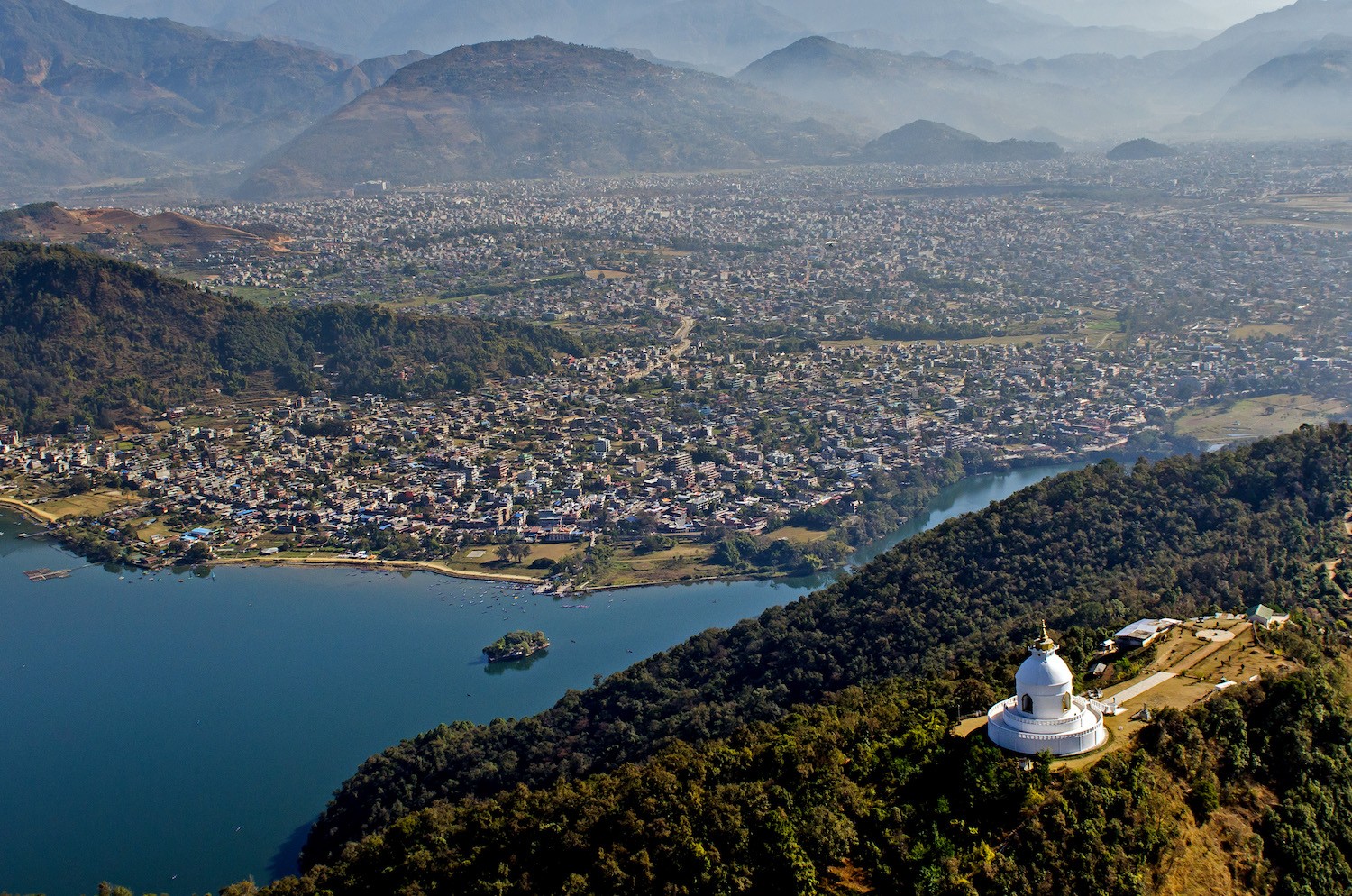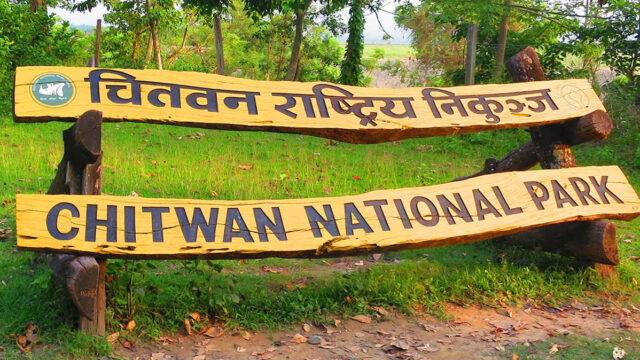Pokhara, Often hailed as Nepal’s tourism capital, the city of Pokhara continues to enchant visitors with its unparalleled natural beauty, rich cultural heritage, and a plethora of adventure activities. Nestled in the shadow of the majestic Annapurna range, Pokhara’s serene landscapes, vibrant lakes, and dynamic tourism infrastructure make it a premier destination for travelers from around the globe.
A Haven of Natural Wonders:
Pokhara’s natural allure is undeniable. Phewa Lake, the city’s crown jewel, offers stunning reflections of the Annapurna and Dhaulagiri ranges, creating a picturesque panorama that captivates photographers and nature lovers alike. The tranquil waters of Begnas and Rupa lakes provide equally enchanting vistas, offering peaceful retreats for those seeking solitude amidst nature.
Adventure Enthusiast’s Paradise:
Beyond its scenic beauty, Pokhara is renowned as an adventure enthusiast’s paradise. The city’s diverse topography and favorable climate conditions make it an ideal hub for activities such as paragliding, zip-lining, and ultralight flights. Paragliders can experience the thrill of soaring over the valley, taking in aerial views of the lush landscapes and serene lakes. Additionally, the Seti River’s white-water rapids attract rafters and kayakers seeking adrenaline-pumping experiences.
Trekking Gateway:
Pokhara serves as a vital gateway to some of the most famous trekking routes in the Himalayas. The Annapurna Circuit, Annapurna Base Camp, and the Ghorepani Poon Hill treks are among the most sought-after trails, offering trekkers the opportunity to explore diverse ecosystems, from subtropical forests to alpine meadows while enjoying breathtaking mountain views. These treks not only challenge adventurers physically but also provide rich cultural experiences through interactions with local communities.
Cultural and Historical Riches:
The city’s cultural tapestry is as vibrant as its natural surroundings. Pokhara is home to several significant religious and historical sites, including the Tal Barahi Temple, World Peace Pagoda, and Bindhyabasini Temple. The International Mountain Museum provides insightful exhibits on the history of mountaineering, the cultures of the Himalayan people, and the region’s geological formations.
Tourism Infrastructure and Development:
Pokhara’s tourism infrastructure is continuously evolving to meet the demands of its growing number of visitors. The city boasts a wide range of accommodations, from luxurious resorts to budget-friendly lodges, catering to diverse traveler preferences. The hospitality industry in Pokhara is known for its warm and welcoming service, enhancing the overall visitor experience.
The newly upgraded Pokhara Regional International Airport has further cemented the city’s status as a global tourist destination, providing easier access for international travelers. This development is expected to boost tourism and contribute significantly to the local economy.
Sustainable Tourism Initiatives:
Recognizing the importance of preserving its natural and cultural assets, Pokhara is increasingly focusing on sustainable tourism practices. Initiatives aimed at reducing plastic waste, promoting eco-friendly accommodations, and supporting community-based tourism are gaining traction. These efforts ensure that Pokhara remains a pristine and attractive destination for future generations.
Pokhara’s unique blend of natural beauty, adventure, and cultural richness makes it a quintessential destination for tourists seeking a multifaceted experience. As Nepal’s tourism capital, Pokhara continues to thrive, offering visitors an unforgettable journey through one of the most enchanting regions of the world. Whether you are an adventurer, a nature lover, or a cultural enthusiast, Pokhara promises an experience that is as diverse as it is captivating.






